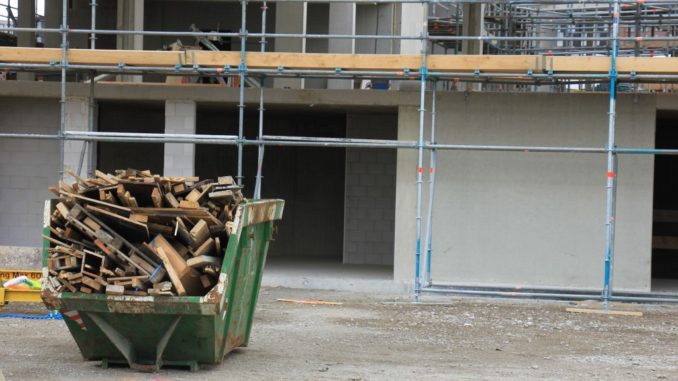
 Wood is a sustainable resource. When it ends up in the earth, it can rot and decompose, fertilizing the soil in the process. Forgoing the collection of wood waste, though, is an insult to the material. It is an inefficient way of saving Mother Earth. To know more about wood waste, here are some basic facts:
Wood is a sustainable resource. When it ends up in the earth, it can rot and decompose, fertilizing the soil in the process. Forgoing the collection of wood waste, though, is an insult to the material. It is an inefficient way of saving Mother Earth. To know more about wood waste, here are some basic facts:
How does the UK generate wood waste?
The UK can generate wood waste in at least three processes: demolition, construction, and manufacturing or processing.
According to Community Wood Recycling, demolition is one of the most significant sources of wood wastes. One of the primary reasons is the method of destroying a structure, such as a building or a home.
In most cases, workers can end up sorting out appliances such as sinks from the pile. They may also segregate other materials such as bricks. It’s not the case with wood. Large excavators can haul the materials in one go and then bring them to a waste transfer station. In other words, demolition workers don’t have the time to remove the wood from the rubbish.
Construction is another reason. These wastes are usually scraps or by-products while building homes or other structures. The biggest challenge is the method of recycling.
It’s not uncommon for a property to use different types of wood. These can include engineered, treated, or hardwood. All these, however, need a specific kind of recycling.
Lastly, there’s processing and manufacturing. Wood waste here is similar to that of construction. There’s a good chance that the problem stems from the fact people forget they can still make the most of these scraps or unused wood.
How much wood waste does the UK generate?
The Wood Recyclers Association (WRA) revealed that the country creates 5 million tonnes of wood waste each year. Less than half of it ends up being recycled. About 1.7 million tonnes of it becomes biomass while over 250,000 tonnes of waste wood is exported.
Where does wood waste end up?
It depends on where they come from. Some people can leave it in their yards, where environmental elements can lead to their decomposition. In a lot of situations, they end up in the landfills, where it may take some time for them to rot.
An unrecycled wood is not only a wasted resource, but it’s also a hazard, especially if it comes from demolition or construction. Sawdust can accidentally penetrate the eyes, causing mild to severe irritation. Someone might step on wood with protruding nails, increasing the risks of infection. Much heavier types of wood can lead to more severe injuries or even death.
What are the other possible uses of wood waste?

There are many possible uses of wood waste. One of these is biomass, which is a type of renewable energy from organic materials. These include forest debris, manure, and scrap lumber. Energy producers use the heat these materials can generate to create steam, which then runs mechanical components such as turbines that help generate electricity.
Don’t waste wood. Make the most out of it by recycling. If you don’t know how to do it, ask help from professionals.
